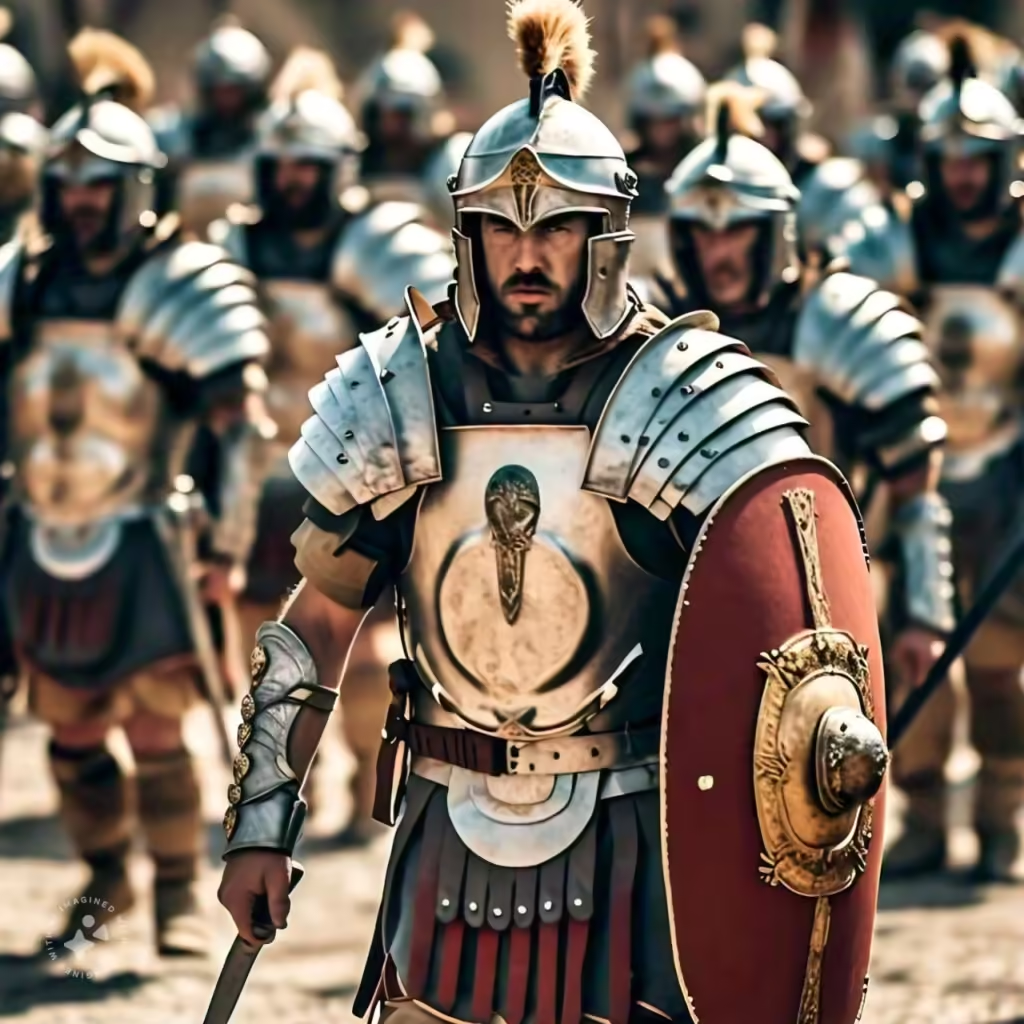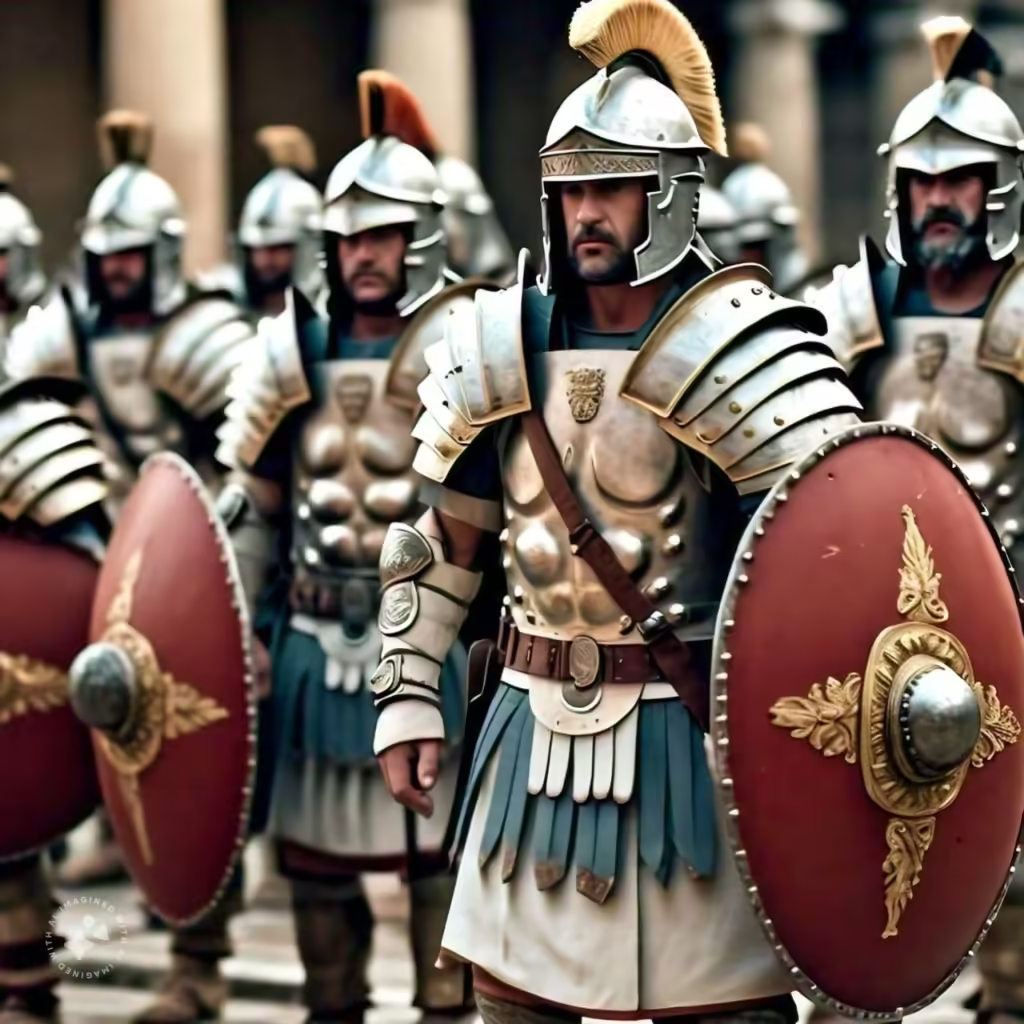Explore the history, role, and significance of Roman legionaries. Learn about their training, life, and impact on the rise of the Roman Empire.
Legionaries: The Backbone of Ancient Rome’s Military Power
The legionaries were the elite soldiers of ancient Rome, forming the core of its legendary military. Their discipline, training, and organization made the Roman legions one of the most formidable forces in history. These soldiers not only defended Rome’s territories but also helped expand its empire, leaving an indelible mark on history.
In this blog, we’ll dive into the history, training, daily life, and the legacy of Roman legionaries, who played a pivotal role in shaping the Roman Empire.
Who Were the Legionaries?
The legionaries were citizen-soldiers of Rome, recruited from Roman citizens. Only men aged 17 to 46 years who met the physical and legal requirements could join. These soldiers served in the Roman legions, large military units comprising 4,000 to 6,000 soldiers, and were famed for their discipline and professionalism.

Training and Discipline
Rome demanded physical and mental toughness from its legionaries. Their training involved:
- Rigorous Physical Drills
- Running long distances in full armor.
- Carrying heavy loads to simulate battlefield conditions.
- Practicing with weighted weapons to build strength.
- Combat Skills
- Training with the gladius, a short sword.
- Perfecting the use of the scutum, a rectangular shield.
- Drilling in formation tactics, like the testudo (tortoise formation).
- Engineering Skills
Legionaries also constructed fortifications, bridges, and roads, showcasing their versatility.
Discipline was strict, with harsh punishments for disobedience, ensuring loyalty and efficiency.
Daily Life of a Legionary
Life as a legionary wasn’t just about battles. Soldiers spent most of their time:
- Building Infrastructure
They built roads, forts, and aqueducts, contributing to Rome’s expansion. - Guarding Territories
Legionaries often stationed in outposts to protect Roman provinces. - Participating in Campaigns
They marched thousands of miles, carrying heavy gear, to conquer new lands.
Despite the hardships, they earned land grants, citizenship perks, and a share of the spoils of war.
Key Battles and Contributions
Legionaries played a decisive role in key battles that shaped Rome’s destiny:
- Battle of Zama (202 BCE)
Roman legionaries defeated Hannibal, ending the Second Punic War and asserting Rome’s dominance. - Siege of Alesia (52 BCE)
Julius Caesar’s legionaries triumphed over the Gauls, expanding Roman territory. - Battle of Actium (31 BCE)
Legionaries secured Octavian’s victory, marking the start of the Roman Empire.
Their ability to adapt to different terrains and tactics set them apart from other ancient armies.
The Legacy of the Legionaries
The Roman legionary model influenced modern military organizations. Their training, discipline, and engineering prowess serve as benchmarks for today’s armed forces. Even centuries after Rome’s fall, their legacy endures in military history and culture.
Listen The Audio Here!
FAQs
1. What was a Roman legionary?
A legionary was a professional soldier in the Roman army, recruited from Roman citizens and known for their discipline and skill.
2. How were legionaries trained?
Legionaries underwent rigorous physical and combat training, including long marches, weapon drills, and formation tactics.
3. What was the role of legionaries in Rome?
Legionaries defended Rome’s territories, participated in battles, and built infrastructure like roads and forts.
4. What weapons did legionaries use?
They primarily used the gladius (short sword), pilum (spear), and scutum (shield).
5. How long did a legionary serve?
Legionaries typically served for 20–25 years, after which they often received land and monetary rewards.



Very interesting details you have remarked, thanks for posting.
You’re very welcome! I’m glad you found the details interesting. Stay tuned for more insightful content! 😊
Very interesting subject, regards for putting up. “The great leaders have always stage-managed their effects.” by Charles De Gaulle.
Thank you so much! 😊 That quote truly hits deep — great leaders know how to leave a lasting impact 🎭🔥 Appreciate your thoughtful comment! 🙌💡